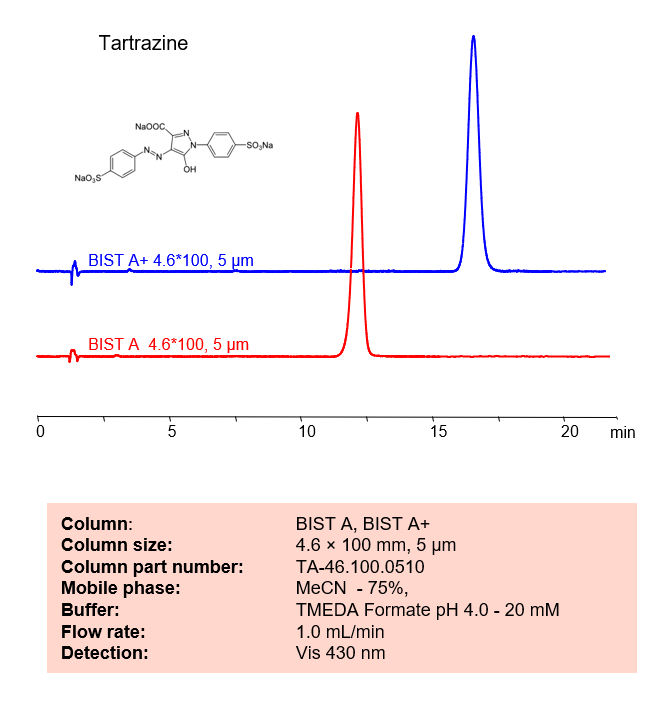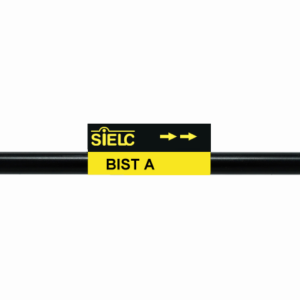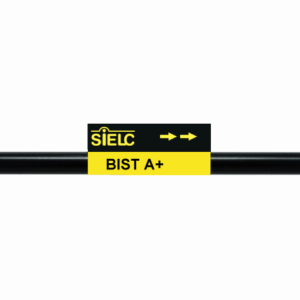Separation type: Bridge Ion Separation Technology, or BIST™ by SIELC Technologies
HPLC Method for Analysis of Tartrazine (FD&C Yellow 5) on BIST A and BIST A+ Columns by SIELC Technologies

High Performance Liquid Chromatography (HPLC) Method for Analysis of Tartrazine (FD&C Yellow 5)
Tartrazine is a popular, multi-charged yellow synthetic dye used in a multitude of food and cosmetic products, including colorful sugar-coated chocolate candies. Using SIELC’s newly introduced BIST™ method, tartrazine, which dissolves and ionizes in water, can be retained on a negatively-charged, cation-exchange BIST™ A+ column. There are two keys to this retention method: 1) a multi-charged, positive buffer, such as Magnesium acetate (Mg(AcO)2), which acts as a bridge, linking the negatively charged dye to the negatively-charged column surface and 2) a mobile phase consisting mostly of organic solvent (such as MeCN) to minimize the formation of a solvation layer around the charged analytes. Using this new and unique analysis method, Tartrazine can be separated, retained, and UV detected at 430 nm.
To extract the dye from the candy, place a colored sugar-coated chocolate candy in a beaker filled with about 20 mL of water. Once the dye is dissolved into the water, fill a syringe with the water and then place a filter at the end of the syringe. Depress the plunger and fill a new clean vial with the extracted dye. The Tartrazine is now ready to be analyzed.
Condition
| Column | BIST A, 4.6 x 100 mm, 5 µm, 100 A, dual ended |
| Mobile Phase | MeCN – 75% |
| Buffer | TMEDA Formate pH 4.0 – 20 mM |
| Flow Rate | 0.5 ml/min |
| Detection | Vis 430 nm |
Description
| Class of Compounds | Acid, Dye |
| Analyzing Compounds | Tartrazine (FD&C Yellow 5) |
Application Column
BIST A
Column Diameter: 4.6 mm
Column Length: 100 mm
Particle Size: 5 µm
Pore Size: 100 A
Column options: dual ended
BIST A+
Column Diameter: 4.6 mm
Column Length: 100 mm
Particle Size: 5 µm
Pore Size: 100 A
Column options: dual ended






